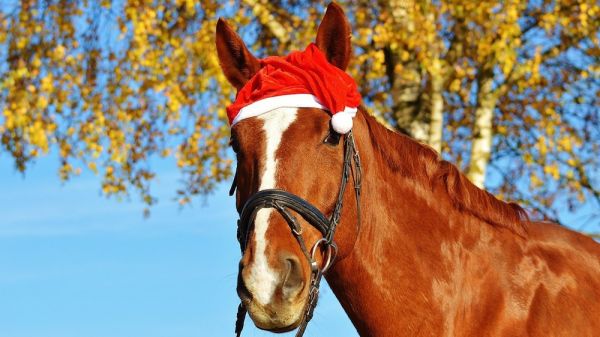|
Strangles strikes fear into the hearts of many horse owners and we have seen several cases over the last year. Strangles is an extremely contagious upper respiratory tract infection of horses and ponies caused by a type of Streptococcus bacteria. It occurs in horses of any age however young horses, from weaning age to two years, are most severely affected.
Signs of strangles infection include a thick yellow nasal discharge, swelling of the lymph nodes and abscess formation around the head and neck, fever and loss of appetite. Treatment is often aimed to keeping the horse comfortable while the disease runs its course, and can include anti-inflammatories and antibiotics. Affected horses can take weeks to months to fully recover, and may remain a source of infection for weeks after the disease has seemed to resolved.
Strict hygiene and quarantine practices must be employed when attending an infected horse to ensure the disease is not spread. The bacteria that causes strangles is transmitted from horse to horse usually by direct contact, or contact with contaminated feed, equipment or handlers. After initial infection it takes one to three weeks for a horse to show signs of the disease.
Horse sales and any situation where large numbers of horses mix are high risk for spreading strangles infections. So please be careful with your newly acquired horse and isolate them for at least three weeks, monitoring for signs of any ill health during this time.
Strangles truly is a case where prevention is better than a cure!
A strangles vaccine is available and minimises the risk to your horses. Strangles is also a notifiable disease in some areas. Call us to discuss an appropriate quarantine protocol and arrange vaccination on your property.
|
